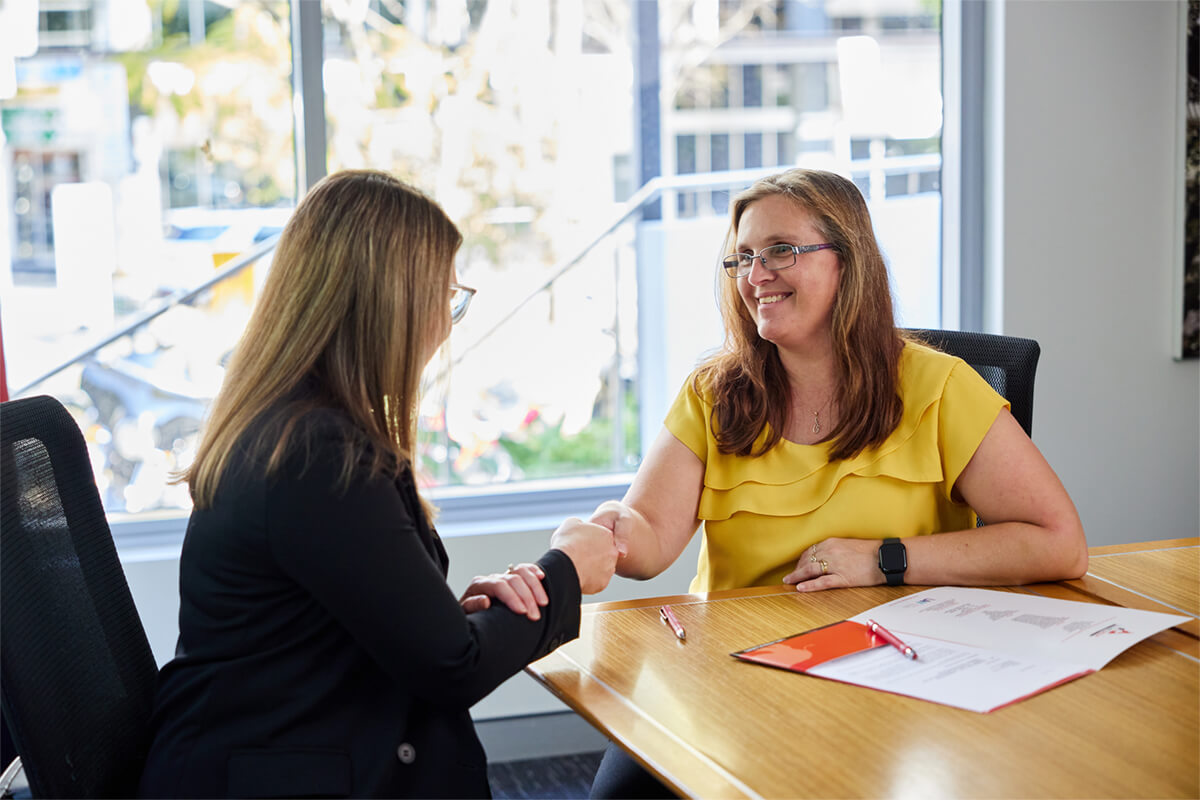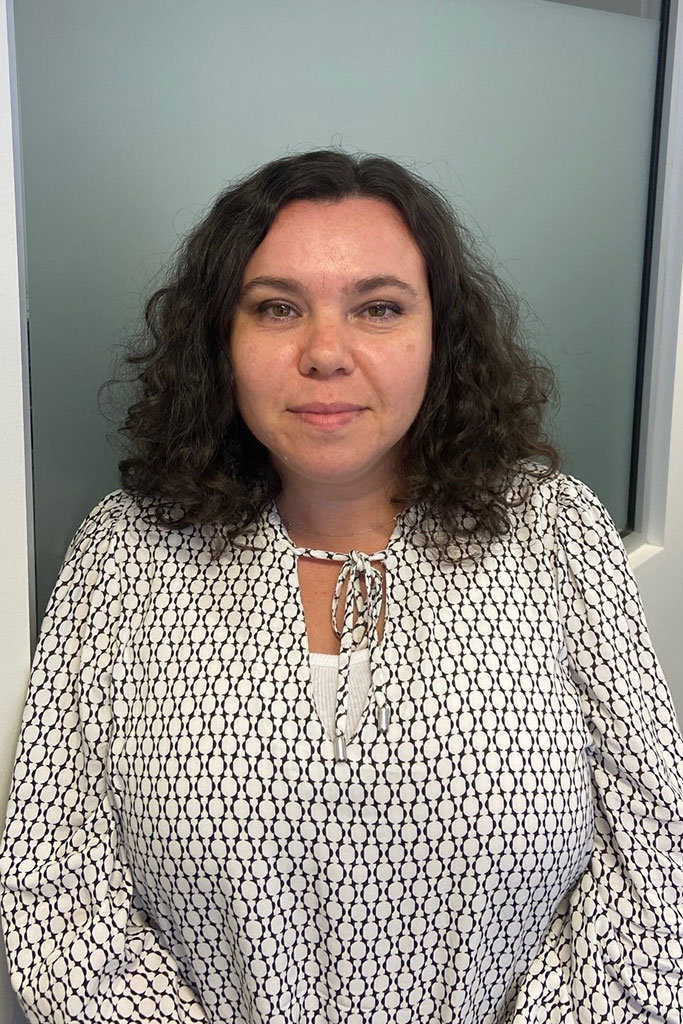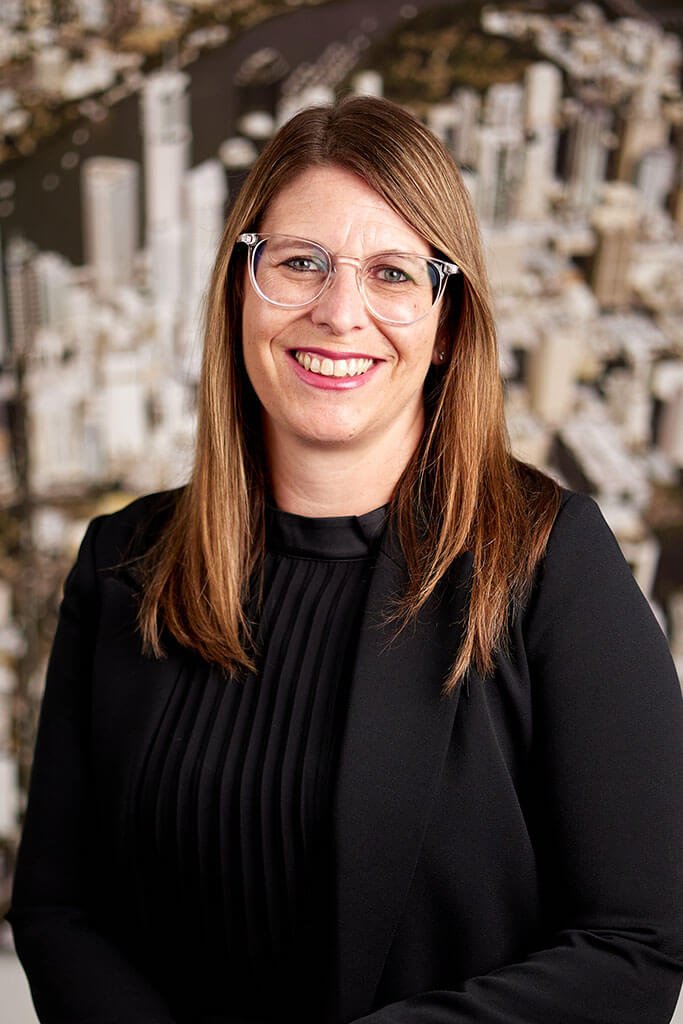When it comes to public liability claims, you need more than just knowledge of the law to navigate these complex legal claims. Public liability lawyers are your trusted allies, providing expert advice and representation to safeguard your rights when injury strikes in public places.
These specialists know how to handle personal injury claims, paving the way for compensation and justice. By selecting an experienced public liability attorney, you gain a passionate advocate.
They take the confusion out of complicated legal matters so you can get back to focusing on your recovery and enjoying life with peace of mind.
What Is Public Liability Law?
Definition of Public Liability
Public liability refers to the legal responsibility of individuals or entities. They have to pay damages to anyone who is injured or harmed on their property. It comes from negligence, unsafe conditions or the failure to uphold safety standards.
Public liability insurance offers crucial protection against these types of claims, helping to ensure that those who are injured or suffer loss are fairly compensated. In Australia, the Civil Liability Act 2003 defines “obvious risk” as follows. This is known as the obvious danger doctrine, which applies to risks that an ordinary person would readily perceive.
Local Queensland lawyers are always on hand and willing to help on these issues, making knowledge of this legal framework vital.
Importance of Public Liability Law
This is why public liability law is essential in encouraging and enforcing safety measures that protect people from dangerous conditions in public spaces. It provides victims with a legal avenue to receive compensation and achieve justice, helping them in their recovery journey.
For the business community, this law is a daily incentive to ensure their premises are safe, lowering the likelihood of any potential incidents. Economic damages, such as medical bills, are typically compensated.
It covers non-economic damages like pain and suffering, showing the all-encompassing coverage it offers.
Common Public Liability Cases
Typical examples are slip and fall accidents, injury on public transportation, and injuries at public events. Negligent maintenance of public facilities can cause injuries, usually resulting in tort claims.
Public places such as amusement parks and recreational facilities are often the sites of these public liability claims. Bodily injury claims are very common in public liability cases, with settlements awarded on a scale of severity.
It’s important to file claims within three years of the incident. Local Queensland lawyers can help you navigate this process.
Who Can Claim Public Liability?
Public liability law is designed to protect those that have been injured or damaged. It offers crucial protections for people harmed by negligence on public property. It doesn’t matter if you live in Australia or are just visiting, you can make a public liability claim if you are eligible.
Let’s say you’re walking through a park when you trip on a worn-down walkway. If there is clear evidence of negligence, you may be entitled to claim. This covers people like pedestrians, customers, and employees who are hurt in locations open to the public.
Eligibility Criteria
To file a public liability claim, you need to prove three key things: the existence of a duty of care owed to you, a breach of that duty, and a direct link between the breach and your injury. The injury needs to have occurred on a public roadway, street or highway, showing the dangerous situation to the public.
In metropolitan areas such as VIC, QLD, and NSW, these standards are fairly uniform. If someone else is at fault for your accident, that will largely determine the success of your claim.
Types of Claimants
Claimants can be anyone from individuals to groups to corporations who have been harmed due to public negligence. Pedestrians, participants at events, and employees in public spaces are common claimants.
Even children can make a claim through a parent or guardian. The law is aware of the many different realities in which public negligence can harm various individuals, making sure no one is left out of the protection.
Exceptions and Limitations
Not every injury will result in a legitimate public liability claim. Circumstances with known hazards or where statutes of limitations have expired may disqualify you from claiming.
Specific legal protections could do the same to protect public authorities from specific claims. These exceptions and limitations are very important to understanding whether your case is eligible.
Identifying Responsible Parties
Identifying who is at fault in public liability cases is essential. It’s a question of identifying the proper parties responsible for harm. This usually starts with determining if private property owners or business operators were negligent. Negligence in this context is the neglect of safe conditions.
Determining Liability
Whether you’re deciding who should be liable or who to pursue, collecting eyewitness accounts and other evidence are important initial steps. Expert testimony can further be used to prove negligence, making it clear if the duty of care that property owners are required to uphold was violated.
This duty of care is a legal responsibility to ensure that visitors are safe. Understanding this concept is crucial in establishing liability in public liability cases.
Commonly Liable Entities
In both of these cases, entities such as private businesses, local councils, and event organisers are typically the ones found liable. Property owners have a responsibility to provide safe spaces.
Additionally, third-party contractors and service providers can be found liable if their negligence played a role in the incident. This broadens the scope of potential responsible parties in public liability claims.
Establishing Negligence
Negligence is the legal term for failing to exercise reasonable care. To prove negligence, all four elements—duty of care, breach, causation, and damages—have to be established.
Documentary evidence such as photos and incident reports can strengthen claims. Gathering and presenting this evidence is vital in building a strong case for liability.
Compensation for Public Liability Claims
Types of Compensation Available
While economic damages such as medical expenses reimburse clearly defined costs, non-economic damages compensate for less tangible harms such as emotional suffering. General damages are intended to compensate for non-economic losses, such as pain and suffering.
By contrast, special damages address the measurable monetary damages, like loss of earnings. In cases of gross negligence, punitive damages can also be awarded, meant to punish the defendant.
For example, if someone slips at a supermarket and suffers a fracture, they may claim for medical expenses and loss of earnings during recovery. By knowing the difference between these categories, you can find out what you deserve.
This experience allows us to make sure that your compensation truly covers your financial loss and emotional pain.
Factors Affecting Compensation Amounts
The severity of your injuries and how they are affecting your quality of life are some of the most important aspects in deciding how much compensation you should receive. For instance, a construction worker with a severe back injury may receive more than an office worker with a minor sprain due to the impact on their ability to work.
In addition, your age and occupation have an impact too. Younger people or those in more physically active occupations may get more compensation because of possible lifetime effects.
Additionally, your medical history may be a factor in determining your eligibility, due to the impact of pre-existing conditions on claims. For example, if you already had a pre-existing knee condition, but the condition got worse due to a fall, it could make compensation calculation more complex.
Understanding Compensation Limits
In many jurisdictions, there are caps on what claimants may be compensated, including caps on specific types of claims. These limits vary based on the type of injury and jurisdiction.
For example, there may be a limit on non-economic damages, limiting how much you can receive for pain and suffering. These limits are important to know when pursuing a claim, as they could severely affect the amount of compensation you can receive.
Understanding the statutory limits will help you to have appropriate expectations and plan your claim accordingly.
How Public Liability Lawyers Assist
1. Navigating Legal Complexities
This is where public liability lawyers can help whittle down the legal labyrinth for their clients. They simplify complicated legal language and processes, helping clients to better understand what’s happening with their public liability claims. Having a background knowledge of these terms is important, as it empowers clients to understand their legal position.
A public interest lawyer who understands the nuances of these proceedings can mean the all-difference that rights are protected without any initial expense.
2. Gathering Essential Evidence
Gathering evidence is one of the most important steps in public liability cases. Public liability lawyers help by collecting medical records, accident reports, and other essential documentation. In addition, witness statements and photographic evidence further bolster claims.
Timely collection of this type of evidence becomes crucial, because it strengthens the case, covering all bases and leaving nothing to chance.
3. Negotiating with Insurers
Negotiating with insurers is a critical aspect of public liability cases. They fight on the front lines against insurance companies, fighting for the compensation you deserve. They draw upon deep experience and proven tactics to fight back against lowball offers to get clients the settlements they deserve during negotiations.
This type of representation is key to getting positive outcomes.
4. Securing Fair Compensation
The end goal for public liability lawyers is to win their clients the highest amount of compensation possible. They know how to carefully calculate damages so you receive a complete claim. Advocating for clients’ rights during settlement negotiations is critical, as it helps get entitlements and maximum compensation secured.
5. Providing Expert Legal Advice
Specialized legal expertise is essential in guiding your way through public liability claims. Public liability lawyers explain their clients’ rights, ensuring they know what they’re entitled to under the law. Smart strategy and sound judgment go a long way at every stage, keeping clients on firm ground at all times.
They can help you access more than $1 billion in federal annual entitlements and advise you on the Australian Government’s Civil Liability Act.
Filing a Public Liability Claim
Filing a public liability claim may seem like a daunting task. If you take the process one step at a time, it can become much less intimidating.
Steps to File a Claim
First, determine whether your circumstances justify filing a claim. This means that their most common cases are things such as slip and fall accidents in supermarkets.
Gather clear photos of the scene, witness information, and any other documentation that proves your case.
Consult with an experienced public liability attorney who can help you navigate through the complexities of making a claim. This is why engaging a no win no fee lawyer is a smart move – they only get paid if you win.
Submit the claim to the insurer. Usually, the whole process is 12–18 months.
Documentation Required
To support your claim, you need comprehensive documentation.
Attach medical records, incident reports, and proof of expenses.
Thorough Records: Keep detailed records of all costs linked to the injury.
Accuracy Matters: Provide precise documentation to strengthen your case.
Reporting an Accident Correctly
That’s why reporting accidents as quickly and thoroughly as possible is key. Taking these steps makes for a better public liability claim by providing a thorough, vivid description of the event that occurred.
Accurate reporting can make a huge difference on how a claim will be decided. Just remember, you have only three years to file a claim.
This time period begins either from the date of your injury or when you learned of your injury.
Time Limits for Claims
Getting to know the statutory time limits for public liability claims is important. Usually, you have no more than three years from the date of your injury to file a claim. This period, called the limitation period, can vary widely from state to state. It is based on the kind of injury at issue.
For example, if the injury was not obvious, the period may begin the date the injury is found. In some jurisdictions, the statute of limitations still runs even if the child has an adequate guardian. It will not stop running until the child reaches the age of 18. These rules greatly underscore the necessity of moving quickly to protect your right to claim.
Statutory Timeframes
In Australia, the standard limitation period for public liability claims is generally three years. You need to file within this time frame or you risk losing your ability to claim for it. Wait beyond this specified time limit, and you may lose the right to pursue your claim altogether.
Taking action without delay means your claim will be considered within this narrow timeframe, giving you the best chance for success. Keep in mind that most public liability claims will resolve within 12-18 months, so the sooner you get the process started the better.
Consequences of Missing Deadlines
It is imperative to understand that failure to meet the time limit for filing a claim can result in dire consequences. If a case is dismissed without any compensation, that is money lost. This can leave you high and dry with no financial recourse to cover medical bills or other damages you’re incurring as a result of the injury.
Timely action is critical in not only pursuing but obtaining the compensation you are entitled to.
Extensions and Exceptions
There are situations in which extensions to file claims are available. Notably, these also cover claims involving incapacity or inability to discover the injury. Exceptions can be made as well, either due to special circumstances or due to state laws.
It is vitally important to speak to an attorney to see what options might be available. Getting legal advice will give you a better understanding if you could receive an extension, and how to make sure your claim stays valid under the law.
Duration of the Claims Process
Going through the public liability claims process is a long, involved process. How long it takes The answer ranges wildly from case to case, and there are many variables to consider. Knowing more about this process can go a long way toward helping everyone—stakeholders, policymakers, and advocates—set realistic expectations.
Typical Timeline for Resolution
Today, a claims process typically begins with a first notice of loss investigation, where claims professionals gather evidence and confirm details. This phase can take anywhere from three weeks to several months.
After that, negotiations between the parties ensue, which can add months to the clock. Each case will differ in their individual specificities, such as claim complexity and the evidence that you can provide. This variability in timelines is a direct reflection of those differences.
Factors Influencing Duration
There are many reasons that can affect the length of a claim. The level of injury and the willingness to cooperate from all sides are major factors.
More complicated cases or cases with a large number of witnesses usually take longer. It’s true that legal representation often moves the process along much more quickly, but that just means that claims are resolved fairly and expeditiously.
Strategies for Expedited Claims
To speed up claims, the key is getting evidence quickly and keeping open lines of communication with insurers. Being organised and staying one step ahead goes a long way in making sure the process doesn’t get bogged down.
Time is money, and experienced lawyers make for faster resolutions for claims. They make sure that these claims aren’t just rushed through, but rather are settled for what they’re genuinely worth. The average non-attorney settlement is only 20% of what the claim is worth. This emphasizes just how important it is to obtain expert advice.
In Australia, one of the most important steps involves ensuring claims are filed within the three-year statute of limitations. This is different by a little bit by jurisdiction; for example, in NSW, the time limit is 3 years from the date of discovery.
Prompt reporting of employers for workplace injuries and filing claims within 4 weeks is very important.
Costs Involved in Public Liability Claims
There are many costs involved in public liability claims that can often surprise people when navigating the process. Understanding these costs from the start allows you to plan accordingly and avoid any surprises down the line.
Legal Fees and Expenses
Legal fees vary widely depending on the kind of claim you’re making and whether you’re using a lawyer or solicitor. Your case’s complexity and your lawyer’s experience can both affect these fees.
It’s really important to understand these fee structures before you hire an attorney. You’re in good hands. Our seasoned attorneys have a success rate higher than 99% — you’re in good hands.
No Win No Fee Arrangements
With no win no fee agreements, you only pay if you win your case. This arrangement saves them from financial exposure, which is an invaluable benefit.
Reading the fine print closely is important, because not all contracts are created equal.
Hidden Costs to Consider
Hidden costs, such as administrative fees and expert witness costs, can eat away at your compensation. Go over every possible cost with your attorney to prevent unexpected expenses.
Our friendly expert team give free, no-obligation advice with no hidden costs.
Conclusion
Knowing the ins and outs of public liability law keeps you prepared to avoid any problems with your claim. It covers cases where someone is injured or property is damaged in publicly-owned areas or due to the negligence of a public entity. If you or someone you know has been impacted, an experienced public liability lawyer can help you understand your options.
These specialists assist in determining who is liable, collecting evidence, and building your case. They answer your questions, explain your rights, help fill out forms, and guide you through the process while keeping you informed every step of the way. Your compensation should include all medical expenses, lost wages, and other damages. Time limits apply, so acting quickly is essential. Lawyers familiar with the process reduce your stress while maximizing your likelihood of success.
Want to learn more about what you’re going through? Talk to a QLD Law Group public liability attorney today. They provide focus and certainty to your case. Visit our services page to explore how we can help with public liability claims or contact us for personalized assistance. Don’t risk your future—secure the representation that will protect it today.
















